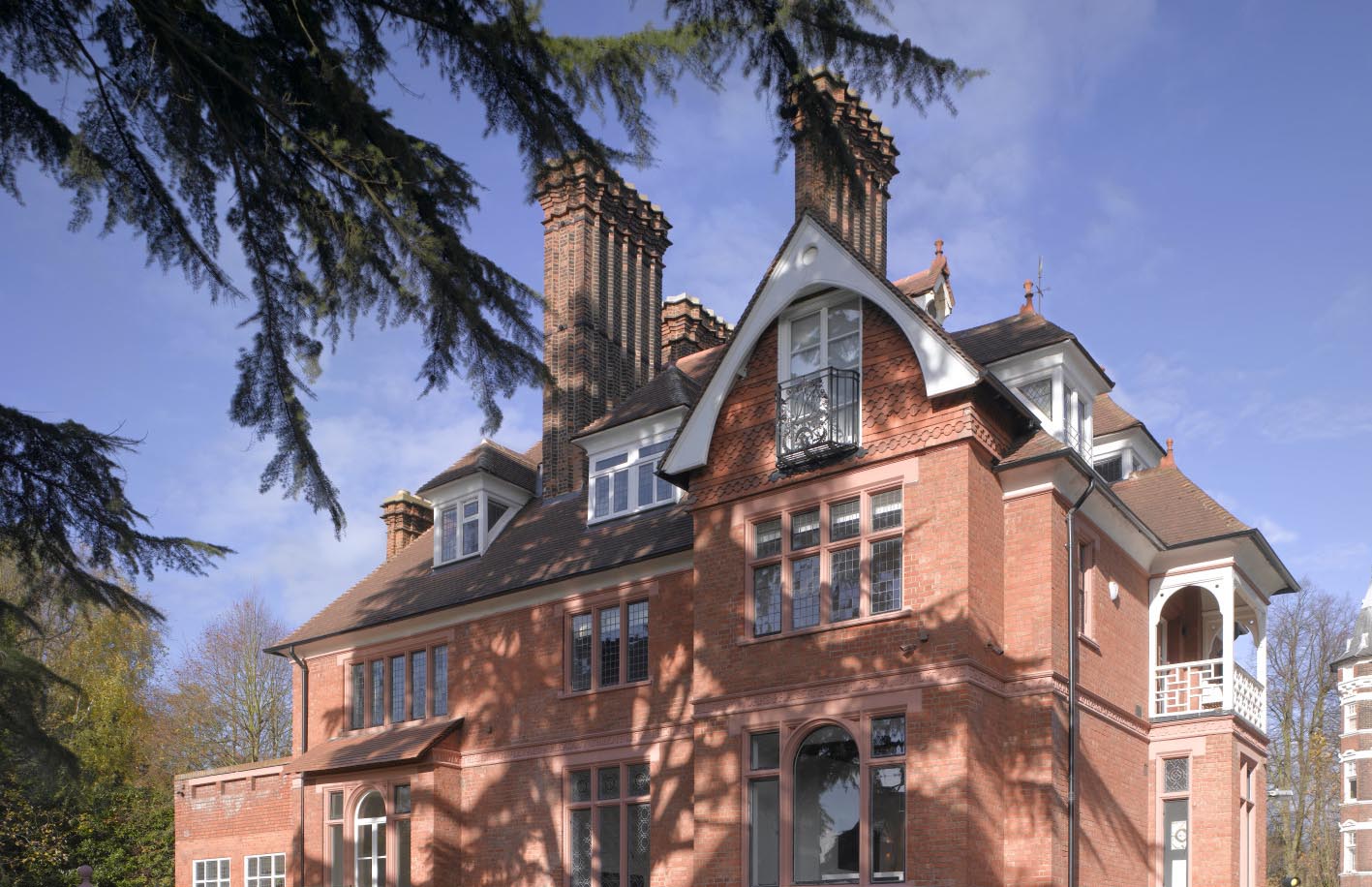With Housing Minister James Brokenshire announcing the Building Better, Building Beautiful Commission, the recent discourse regarding design and quality coming from Westminster appears to be revealing its true intent.
Only last month at the Stirling Prize awards ceremony James Brokenshire talked of ‘special attention to design quality and style’ and that we ‘need homes that fit with the world around them’. We now know what he meant. The image of three neo-Georgian buildings accompanying the Government’s press release gives a warning to the architectural profession.
The commission has three aims;
- To promote better design and style of homes, villages, towns and high streets, to reflect what communities want, building on the knowledge and tradition of what they know works for their area.
- To explore how new settlements can be developed with greater community consent.
- To make the planning system work in support of better design and style, not against it.
The emphasis on style and beauty over design and quality is clear. When talking about beauty or style the question becomes whose version of beauty is correct. How can you champion beauty without imposing a pre-defined outcome?
It looks as if this question has already been answered as we also know Roger Scruton, a well-known critic of modern architecture, will chair. Pushing design up the agenda and getting these topics more in public discourse is no doubt a positive step. But the UK is already known for excellent and innovative design which should not be stifled.
It is widely agreed that the issues specifically in housing are ones of quality and supply. Turning the debate towards new style wars is surely missing the point. Most decisions made about the built environment, certainly in relation to housing, are made due to cost. Until the correct framework is in place that promotes generous, high quality and sustainable placemaking anything else is just window dressing.
The RIBA have recently released ‘Places Where People Want to Live’; a report that sets out a series of clear characteristics for better placemaking that includes ‘places with a unique and lasting appeal’ and ‘places where people feel at home’. If new housing developments are designed to these principles there is little doubt that a connection with their surroundings can be established without a loss of focus on its final aesthetics. This must be the aim. Newhall Be is possible as well as Poundbury.
With the rest of the panel yet to be announced we would welcome a diverse range of contributors including those suitably knowledgeable figures within the architecture profession.


